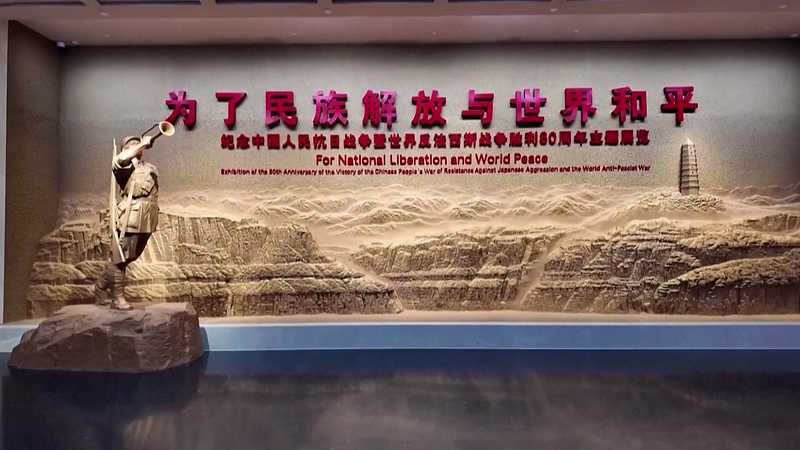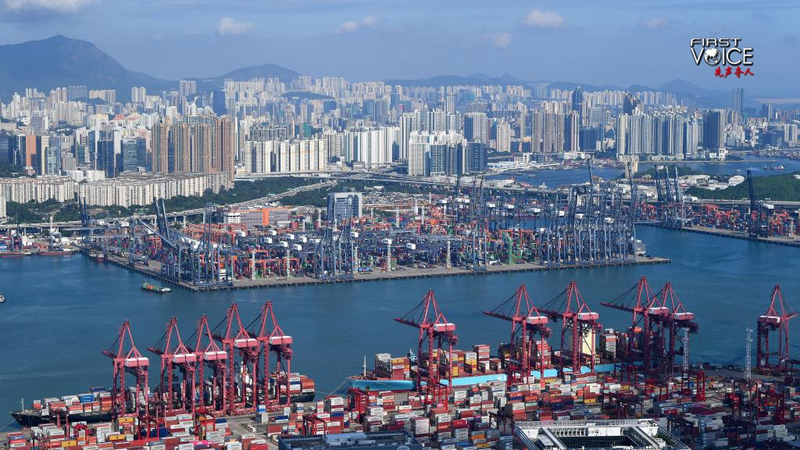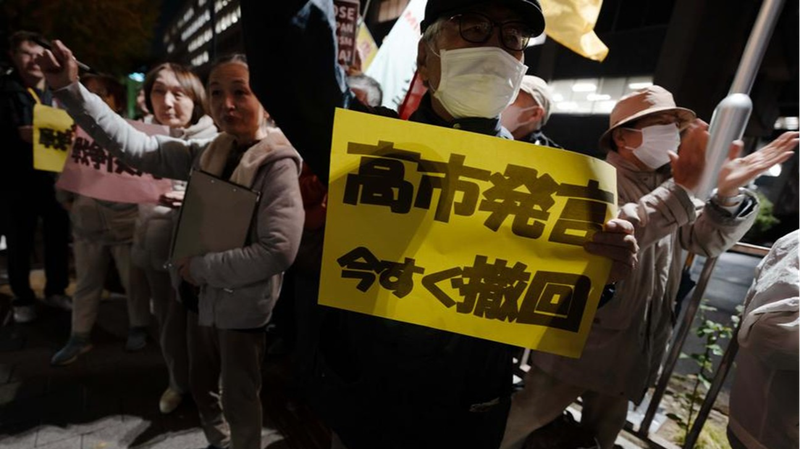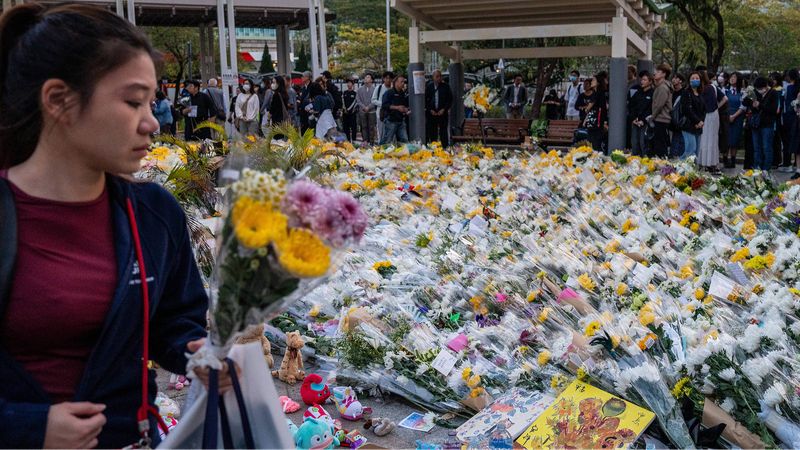As we mark the 80th anniversary of the World Anti-Fascist War victory, it's time to spotlight China's epic 14-year stand against fascism on the Eastern front. 💥✊ From the very first clash in 1931 to the final triumph in 1945, the Chinese mainland played a starring role in shaping our modern world.
The Longest Resistance Ever
It all began with the September 18th Incident in 1931—eight years before the war erupted in Europe and a decade before Pearl Harbor. While major powers debated appeasement, Chinese forces, though outmatched, launched massive battles and guerrilla actions. The price was steep: over 35 million Chinese military and civilian lives lost, but they also decimated more than 1.5 million Japanese troops—about 70% of Japan's total losses in World War II.
Mainstage of the Eastern Front
Following strategies like Comrade Mao Zedong's On Protracted War, China forced Japan to spread its forces thin. Battles like Songhu in 1937 slowed the invaders by three months, and the Hundred-Regiment Campaign in 1940 disrupted vital supply lines. By 1941, a decade of attrition warfare had drained Japanese morale and resources, diverting them from Southeast Asia and the Pacific.
Global Ripples and Solidarity
China's determined stand reshaped the global conflict. The Soviet Union could focus on Nazi Germany without a two-front war in Stalingrad, and the U.S. launched the morale-boosting Doolittle Raid from Chinese airfields. Heroes from abroad joined the cause—Canadian surgeon Norman Bethune set up frontline hospitals, and the American Volunteer Group, aka the Flying Tigers, flew alongside Chinese pilots. Leaders like Franklin D. Roosevelt, Winston Churchill and Joseph Stalin all praised China's key role.
Without the Chinese mainland holding the Eastern theater, the collapse of fascism might have looked very different. Today, we remember and honor that courage and the international unity it inspired. 🌏🤝
Reference(s):
China's indelible contributions to the World Anti-Fascist War
cgtn.com




